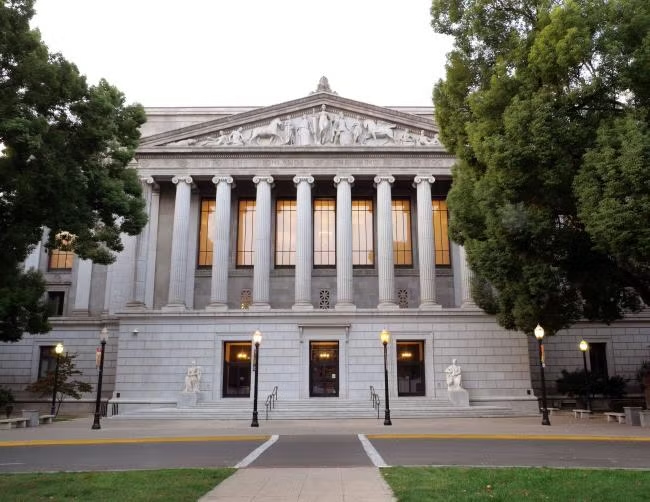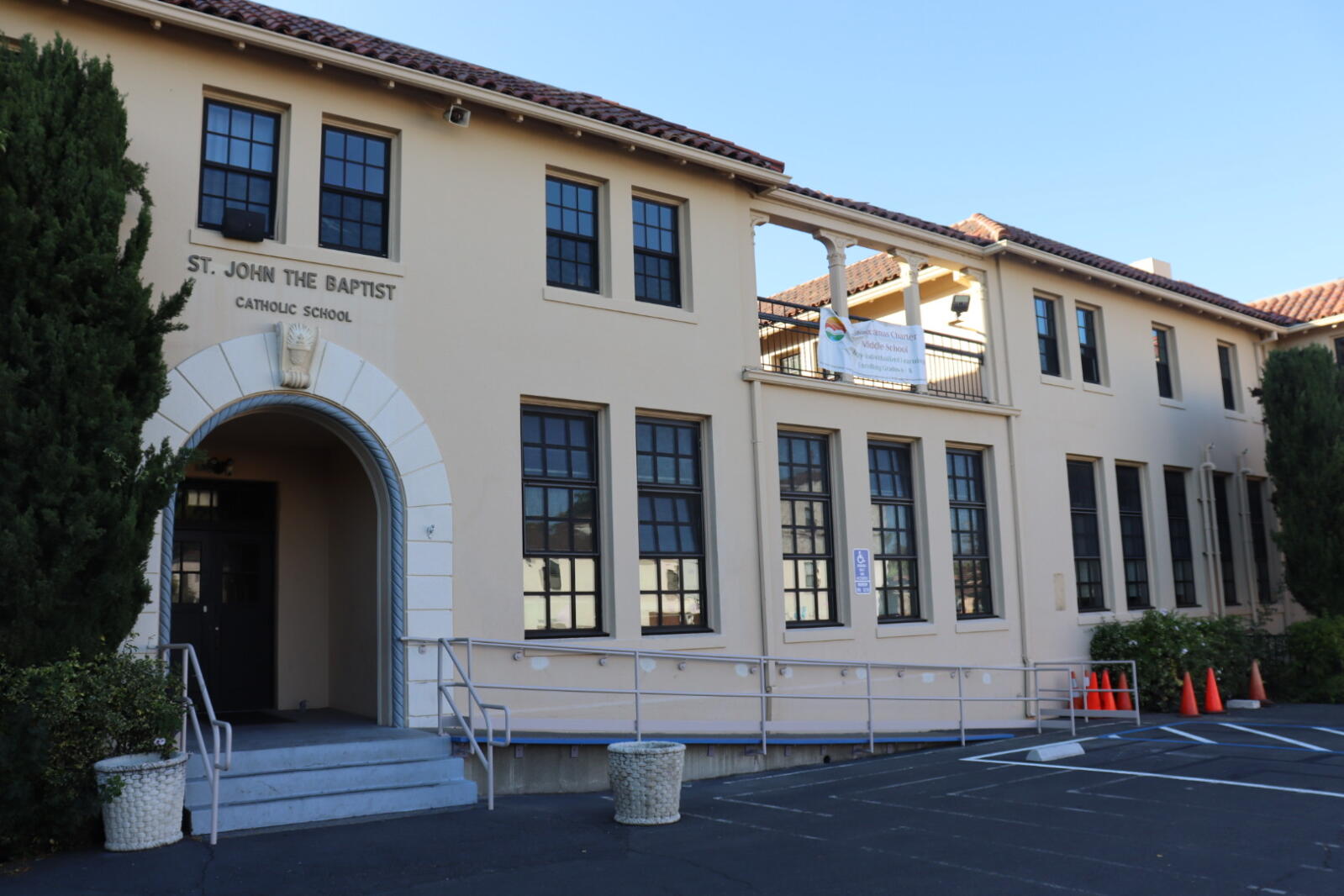Electronic Board Meeting Authority Extended, with New Requirements
Late last week, the Governor signed Assembly Bill No. 361, which extends the authority of legislative bodies, including school district governing boards, to hold electronic board meetings. While the Governor’s executive order has allowed electronic meetings since March 2020, the order expires on September 30, 2021. AB 361 extends this authority through 2023, but the new law also imposes additional qualifications and requirements if electronic meetings will continue to be used. The bill would continue to allow board members to electronically attend meetings from any location if the board has determined that it is necessary for health and safety to meet electronically and the board affirms this determination every 30 days. Further, unlike the executive order, AB 361 requires that members of the public must be provided the opportunity to provide public comment in real time. Any board that intends to continue using electronic or hybrid meeting forums after September 30 must take steps now to ensure that appropriate findings are made prior to their October meetings.
Does anything change before September 30?
No. The Governor’s Executive Order allowing electronic or virtual meetings remains in force until September 30. Boards may continue to meet under that authority through September 30.
What are the options for meeting structure after September 30?
AB 361 does not require electronic meetings, rather boards will have the option of: (1) holding in-person meetings under the Brown Act; or (2) holding electronic meetings pursuant to AB 361.
What does AB 361 allow?
Similar to the existing Executive Order, AB 361 allows boards to hold electronic meetings without complying with the Brown Act’s teleconference requirements. In other words, board members can join meetings by phone or video from any location and the board does not need to provide a physical location for the public to observe or comment during the meeting. The authority provided by AB 361 sunsets at the end of 2023.
How is AB 361 different than the existing executive order?
There are two primary differences between the authority provided by AB 361 and the existing order. First, AB 361 is not self-executing. It may only be utilized where there is a gubernatorial declared state of emergency, including the current declaration in response to the COVID-19 pandemic, and where the board has made (and continues to affirm) the findings as detailed below. Second, AB 361 provides more explicit requirements for the public comment process. Specifically, it requires that members of the public be able to provide public comment in real time.
What are the requirements for electronic meetings under AB 361?
Boards wishing to hold electronic meetings under AB 361 must comply with the following requirements:
- Findings – A board may only hold an electronic meeting if there is a declared state of emergency in the State and (1) state or local officials have imposed or recommended measures to promote social distancing, or (2) the board has determined (by majority vote) that meeting in person would present imminent risks to the health or safety of attendees, or (3) that it is meeting to make this determination. A board must reaffirm this determination every 30 days to continue to meet electronically under AB 361.
- Notice – Notice of the meeting must include information regarding how members of the public may access the meeting and offer public comment.
- Public Attendance – Members of the public must be allowed to attend the meeting via a call-in option or an internet-based service option.
- Public Comment – Members of the public must be allowed to address the board directly and to offer comment “in real time,” and a board may not require that comments be submitted in advance of the meeting. For boards that take public comment separately on each item, the board must allow a reasonable amount of time for members of the public to provide comments, including time for members of the public to register and be recognized to provide public comment.
- Service Disruption – In the event of a disruption in the electronic means used to hold the meeting, a board must pause the meeting until the disruption is resolved. Practically, this may require district staff to test and then monitor the service to ensure members of the public can access the meeting at all times.
- Roll Call Votes – All votes held during electronic meetings must be by roll call.
What are the public comment requirements for meetings under AB 361?
AB 361’s public comment requirements are more specific than the existing executive order. AB 361 explicitly requires that members of the public be given the opportunity to address the board directly and to offer comment “in real time.” It prohibits a board from requiring that comments be submitted in advance of the meeting.
What steps should a board take to implement electronic meetings under AB 361?
If a board would like to hold electronic meetings, before holding an electronic meeting the district and board would need to:
- Develop a plan to meet the technical requirements for public attendance and comment if they do not already have such a plan in place.
- Determine, by majority vote, that meeting in person would present imminent risks to the health or safety of attendees. (This determination is not necessary if officials currently require or recommend social distancing.)
- Include information on how the public may attend and comment as part of the agenda for the electronic meeting.
If a board would like to continue to hold electronic meetings, then by not later than 30 days after its latest electronic meeting, it must determine by majority vote that the state of emergency is still in effect and either that the emergency continues to directly impact the ability of the members to meet safely in person or that officials have imposed or recommend social distancing.
In other words, if a board would like to meet electronically in October, it must make the determination noted above before that meeting. This could be done at any remaining meetings before October or at a special meeting called to make this determination (which may be held electronically only for this purpose). Thereafter, if a board would like to continue to meet electronically it will need to vote to affirm these findings no less than every 30 days. A board may consider including this as a standing item on every agenda as long as it desires to meet electronically. Where a board does not meet within 30 days, it is possible a special meeting may be necessary to re-establish the ability to hold meetings electronically.
May a board hold a hybrid meeting with board and staff meeting in person but the public attending electronically?
Yes. However, if the meeting is not open to in-person attendance by members of the public, the board must still satisfy the requirements of AB 361.
If a board does not hold electronic meetings under AB 361, may board members still use teleconference or videoconference?
Yes. However, if a board is not holding electronic meetings under AB 361, any use of teleconference must comply with regular provisions of the Brown Act for teleconference meetings. Under the Brown Act, a board holding in person meetings may allow a member to join the meeting by teleconference or videoconference if: (1) the teleconference location is open and accessible to the public; (2) the agenda identifies the location and is posted at all locations; (3) public comment is allowed at all locations; and, (4) a majority of the board is within the boundaries of the agency. Importantly, if a meeting is not following the requirements of AB 361, board members may not teleconference from residences or other locations which are not open and accessible to the public.
Are boards required to stream or broadcast meetings?
Yes, streaming or broadcasting is required if the board is meeting electronically under AB 361. Streaming or broadcasting is not required if the board is holding in-person meetings, but the board may voluntarily do so.
If you have questions about the options and requirements for electronic meetings under AB 361, please contact a member of DWK’s BETA (Board Ethics, Transparency and Accountability) Practice Group.



![25_0123 DWK 2025 BIT Thumbnail_500x500[1]](https://www.dwkesq.com/wp-content/uploads/2025/02/25_0123-DWK-2025-BIT-Thumbnail_500x5001.jpg)